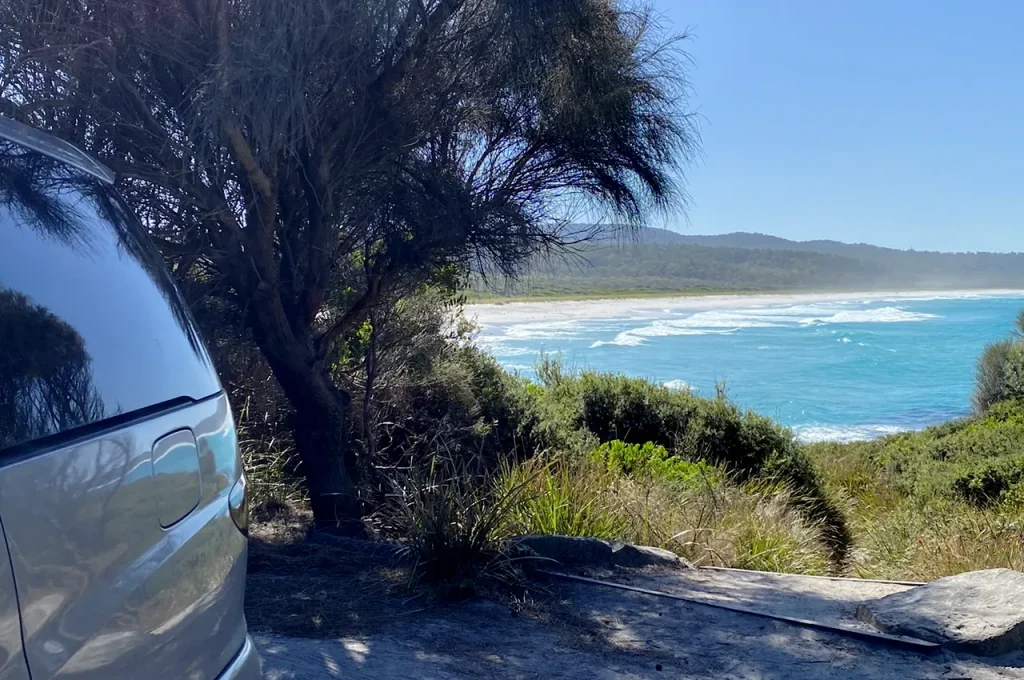
Travelling across Australia by road means embracing a way of life that’s both free and closely connected to nature. However, the cost of accommodation can quickly add up and become a real strain on your budget. Fortunately, there’s a smart alternative: free camping in Australia. Setting up camp in stunning, often remote locations, far from the crowds and immersed in unspoilt landscapes, is entirely possible without spending a penny.
But how exactly does it work? Where is free camping allowed? What are the legal rules? Which apps are most useful? And above all, how do you find a van that’s suited to this kind of travel? In this article, we’ll cover everything you need to know about free camping in Australia, before sharing our favourite spots across the country.
Free camping in Australia refers to a practice that’s both straightforward and appealing: pitching your tent or parking your van in designated areas without paying any overnight fees. These sites allow travellers to stop and rest completely free of charge, whether in a campervan, a motorhome or a simple tent.
That said, facilities are basic. These aren’t traditional campsites but more often rest areas or even basic car parks where overnight stays are permitted. Some locations are entirely without amenities, while others may offer a few essentials such as toilets, picnic tables or, occasionally, showers (either free or coin-operated).
These spots can be found in a wide range of environments, including:
It’s important not to confuse free camping in Australia with wild camping. While they may seem similar, wild camping is typically riskier and often prohibited outside of designated areas.
Camping for free doesn’t mean pitching up just anywhere. Understanding the difference is essential, not only to avoid fines, but also to protect fragile environments that are already under pressure from heavy use.

In Australia, free camping is legal, provided that it is done within a clearly defined framework. This framework varies depending on the state, local councils and the type of land involved. That’s what makes free camping in Australia both appealing and, at times, a little complex. Just because a spot appears quiet and deserted doesn’t necessarily mean you’re allowed to spend the night there.
Some areas are more relaxed and tolerate informal camping, while others are strictly regulated. In tourist-heavy or protected zones, authorities may enforce the rules more strictly. Simply overstaying your welcome, whether in a rest area or a nature reserve, can be viewed as a breach of regulations, potentially leading to hefty fines or being asked to leave the site.
To avoid any misunderstandings, there’s one golden rule: always camp in clearly designated “free camps” or “overnight rest areas”. These spots are usually signposted, shown on official maps, or listed in specialised camping apps (see below). By choosing these authorised areas, you ensure a peaceful, stress-free night without the risk of fines or being moved on.
Most free camping areas in Australia come with time limits, usually between 24 and 48 hours. The purpose is simple: to give as many travellers as possible the chance to enjoy these spaces without turning them into long-term campsites. Overstaying the allowed time can be seen as taking advantage of the system. In some cases, it may even lead to the site being closed permanently for future travellers.
During dry seasons, campfires can pose a serious risk in Australia. Before lighting any fire, it is essential to check the local regulations in place. Many states impose total bans on open fires during high-risk periods in order to prevent bushfires.
If fires are permitted, they must be kept under constant supervision and fully extinguished before you leave the site or go to sleep. It’s worth remembering that free camping in Australia is a privilege, made possible by the collective respect of those who use these sites.
If you’re travelling with a dog or another pet, be aware that not all free camping sites in Australia allow animals. In national parks and certain protected areas, pets are strictly prohibited, primarily to safeguard local wildlife. On sites where animals are permitted, they must be kept on a lead at all times, and all waste must be picked up without exception.
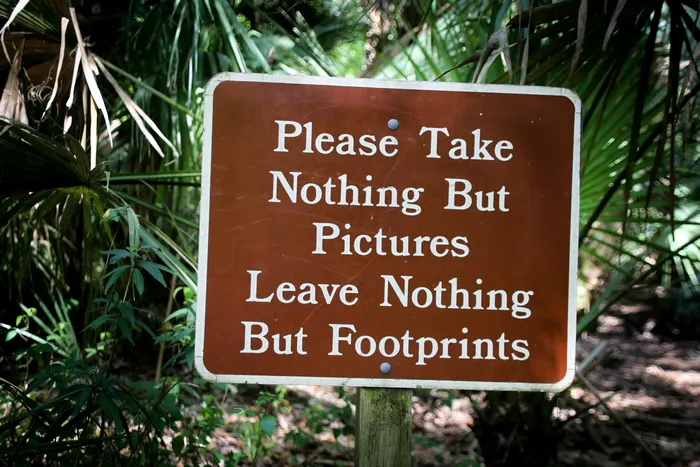
One of the core principles of free camping in Australia is respect for the environment. As a traveller, you have a responsibility to leave no trace of your stay. This means:
Fortunately, you’re not alone in navigating this maze of regulations. Several apps are available to help you identify suitable free camping in Australia. Most offer filters to narrow down your options based on vehicle type, available facilities or permitted length of stay.
Here are the most reliable tools:
Among the most popular resources for travellers in Australia, WikiCamps Australia stands out as a must-have app for anyone interested in free camping.
WikiCamps is available on both the Google Play Store and Apple App Store for a one-off fee of 9.99 AUD, with no ongoing subscription.
CamperMate is another essential app, this time free of charge and designed to be highly intuitive.
These tools not only help you locate free camping areas in real time, but also provide photos, traveller reviews and updates on current conditions, making it easier to plan with confidence.
In addition to using apps, consider stopping by local visitor information centres, which often have up-to-date lists of campsites and accommodations in the area. Social media can also be a goldmine: Facebook groups for travellers in Australia regularly share helpful tips, recent experiences and great camping recommendations.
One of the main reasons free camping in Australia appeals to so many travellers is the unique sense of freedom it offers. But with that freedom comes a certain level of responsibility: self-reliance. In a country as vast and sparsely populated as Australia, it’s essential to be able to rely on yourself, your vehicle, and what you carry with you. This is where a self-contained van becomes an invaluable asset.
A self-contained vehicle allows you to:

If you don’t own your own van or are simply looking for a reliable option for your road trip, we’ve got you covered. At Vanz Travel, we specialise in campervan rentals across Australia and New Zealand, offering vehicles that are fully equipped and ideal for free camping.
Our fleet includes:
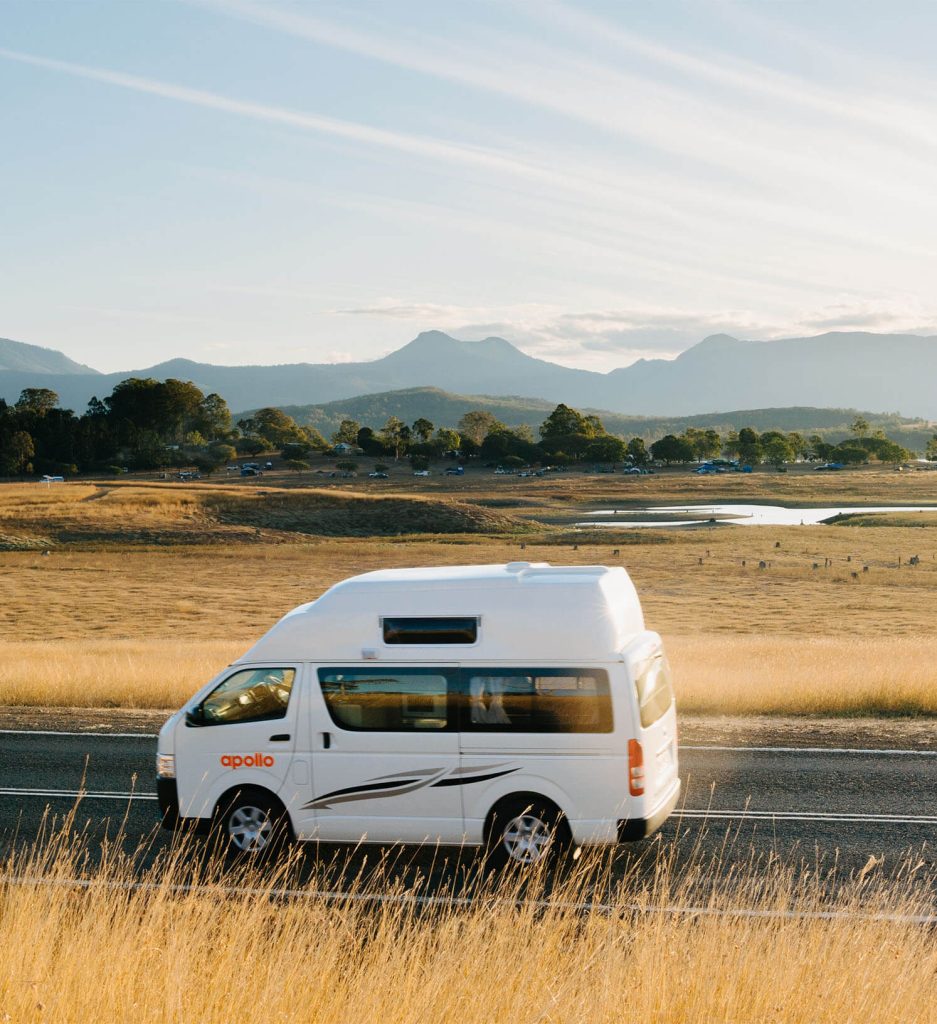
The High Top van is a popular choice among couples and small groups of friends looking for a bit more comfort. Its raised roof allows you to stand up inside, creating a genuine living space on the road.
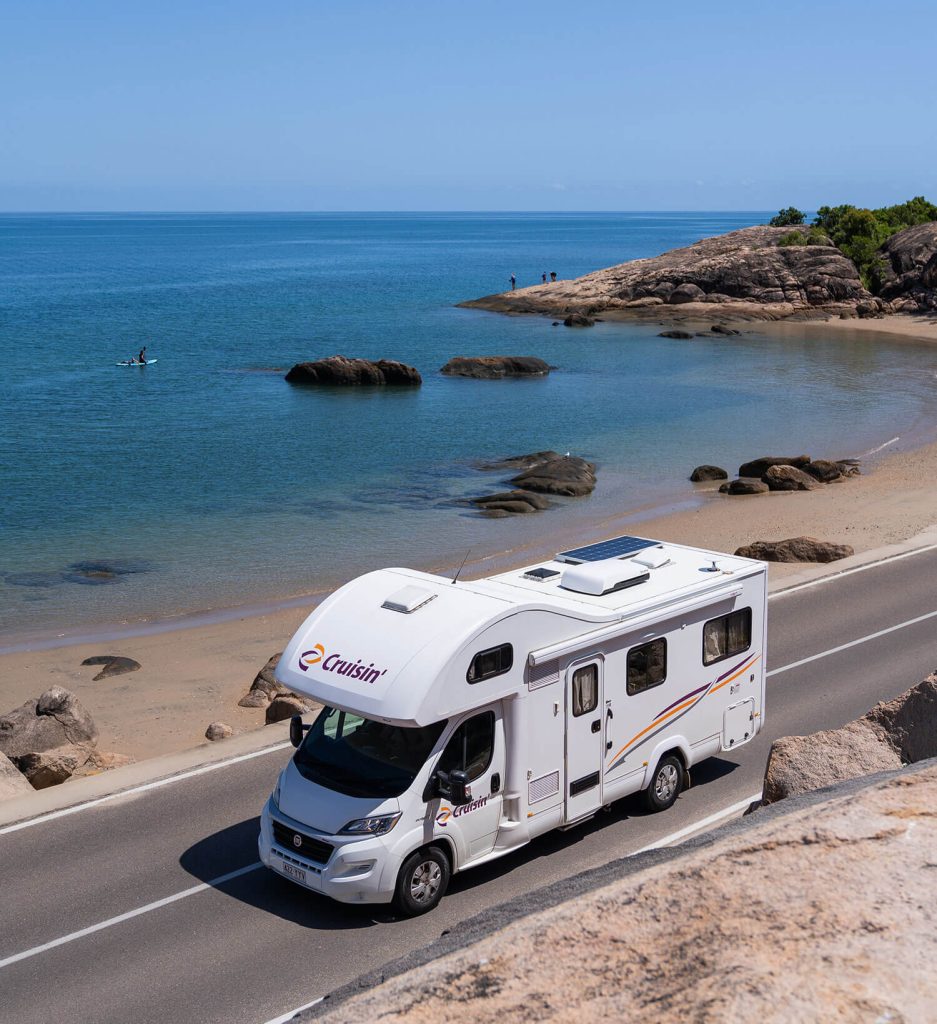
For families or travellers seeking a more luxurious experience, the motorhome is a true home on wheels. It perfectly combines the spirit of a road trip with the comfort and privacy of traditional accommodation.
Looking for a peaceful place to spend the night surrounded by nature? Here are two standout free camping spots in Australia. One is entirely free, while the other requires only a small contribution.
Located about 150 km south of Sydney in the heart of the beautiful Kangaroo Valley, Bendeela Recreation Area is a favourite among nature lovers and those seeking tranquillity. This rustic site, set in lush greenery, offers a regulated wild camping experience in a quiet and unspoilt setting.
It’s also considered one of the best places in the region to observe wombats and kangaroos in the wild. One of our travellers, Manon, shared her experience:
“To end the first day of our road trip, we parked our van at Bendeela Recreation Area. It’s a vast, remote space in the heart of nature. The night cost us just 3 dollars each, and we enjoyed an unforgettable evening under the stars, gently accompanied by kangaroos passing nearby. But it’s at nightfall that the real magic happens, wombats come out quietly to graze in the wide open field behind the site.“

Located on the north-eastern coast of Tasmania, the Bay of Fires Conservation Area is a top destination for anyone seeking free camping by the sea. It’s known for its striking white sand beaches, turquoise waters and bright orange lichen-covered rocks. All accessible at no cost.
Camping is only allowed in designated areas, divided into two main sections:
South of Ansons Bay, this site offers a number of shaded pitches surrounded by coastal vegetation, with beautiful views over the river mouth. It’s a peaceful spot, ideal for self-sufficient campers looking for solitude.
This stretch is home to several popular free camping sites, including Grants Lagoon, Jeanneret Beach, Swimcart Beach, Cosy Corner (North and South), Seatons Cove and Sloop Reef. All provide direct beach access in a spectacular natural setting.
To make the most of the free camping experience in Australia, having a reliable and fully equipped van is essential. At Vanz Travel, we offer a selection of vehicles perfectly suited to this type of journey, combining comfort, practicality and autonomy. Feel free to get in touch with us to find the van that best fits your route and your budget.
Photos : Manon de Goldenturtles
Ne manquez plus les meilleures opportunités de road trip avec Vanz Travel ! Abonnez-vous pour recevoir bons plans et conseils pratiques pour vos aventures en van.
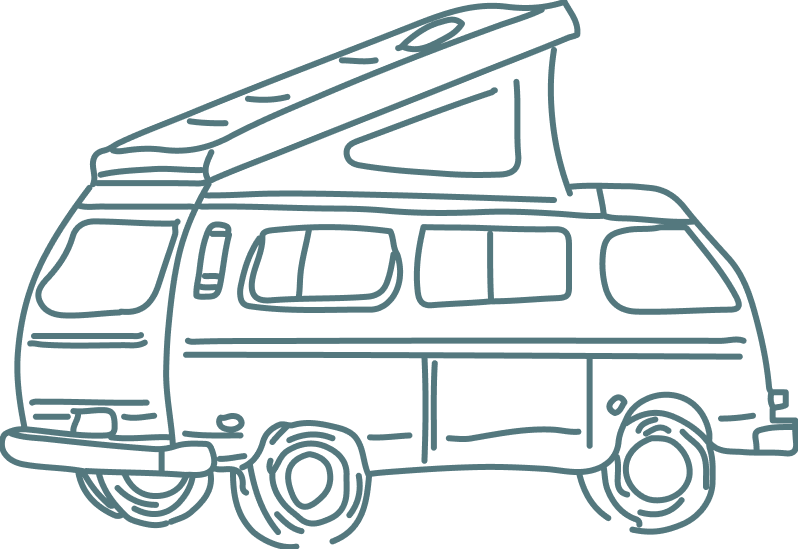
Looking for the perfect van for your next adventure? Look no further than Vanz Travel! We offer an extensive range of campervan rentals in Australia and New Zealand, ensuring that you’ll find the ideal vehicle to suit your needs and budget.
Copyright Vanz Travel Pty Ltd, all rights reserved.